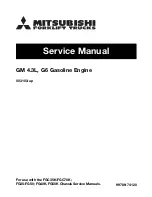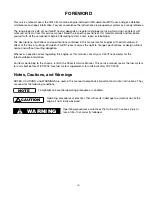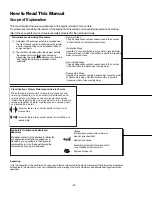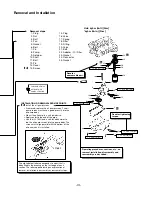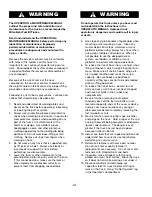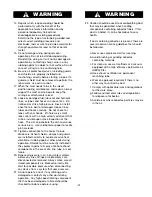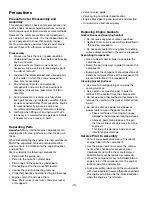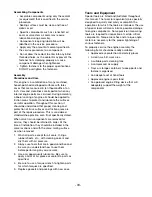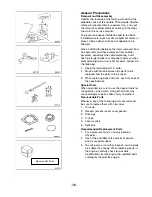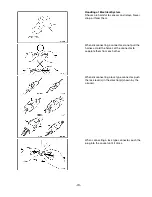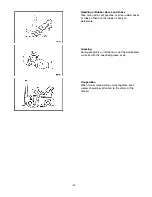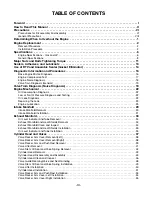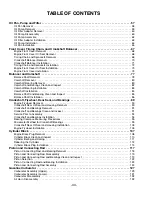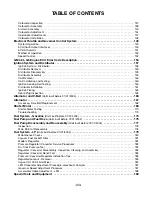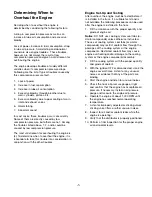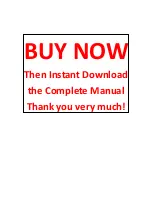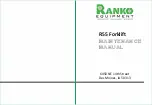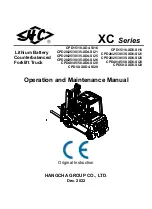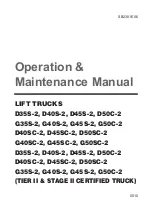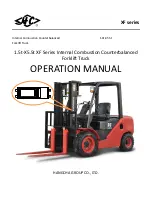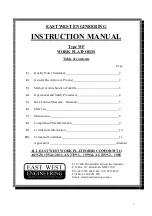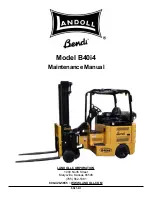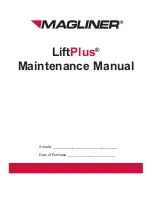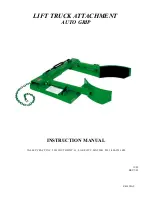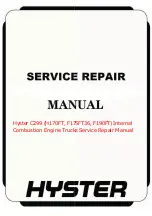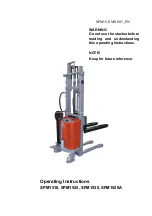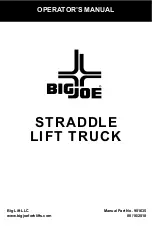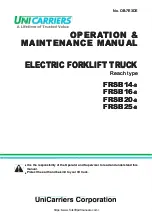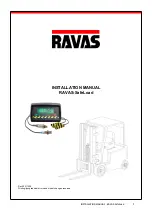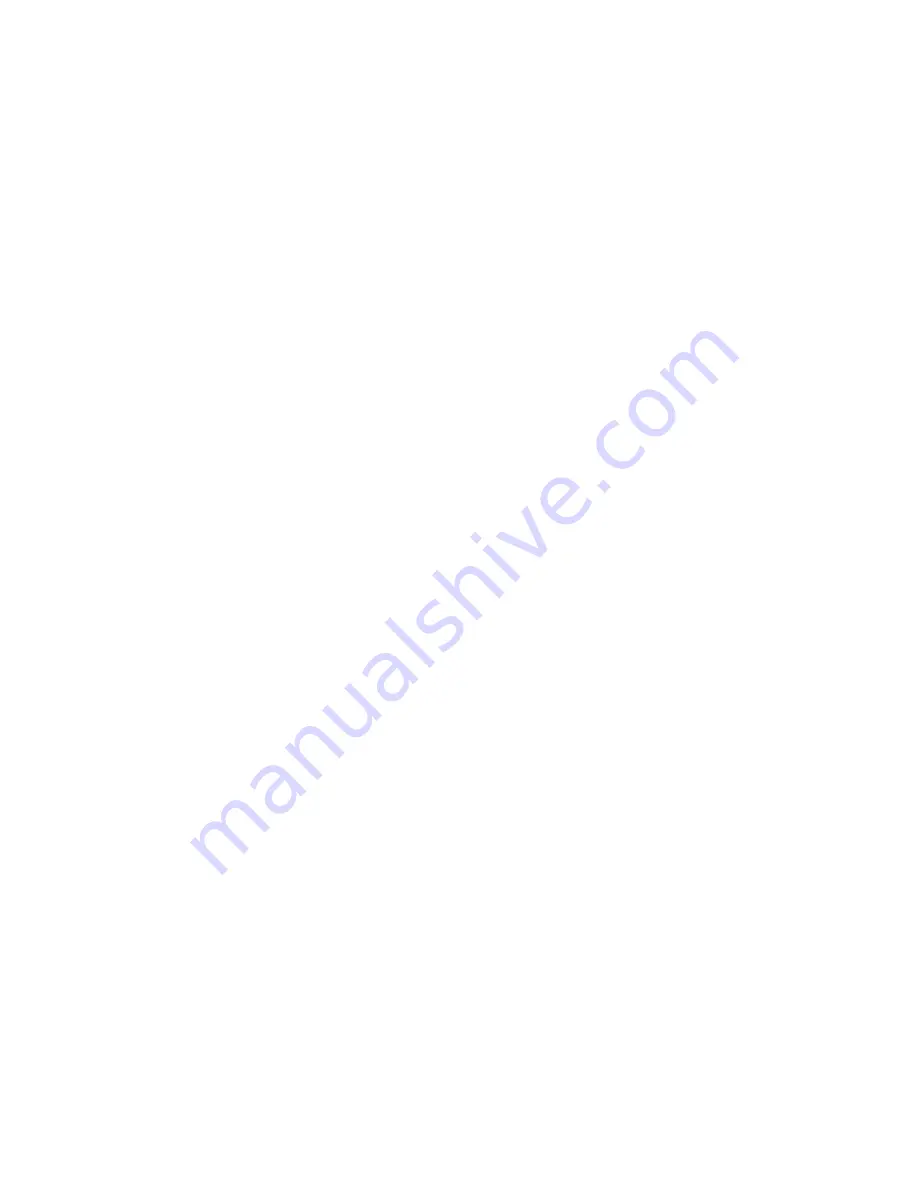
-VII-
Assembling Components
• Assemble components using only the sealant
(or equivalent) that is specified in the service
procedure.
• Sealing surfaces must be clean and free of
debris or oil.
• Specific components such as crankshaft oil
seals or valve stem oil seals may require
lubrication during assembly.
• Components requiring lubrication will be
identified in the service procedure.
• Apply only the amount of sealant specified in
the service procedure to a component.
• Do not allow the sealant to enter into any blind
threaded holes, as the sealant may prevent the
fastener from clamping properly or cause
component damage when tightened.
• Tighten fasteners to the proper specifications.
DO NOT overtighten the fasteners.
Assembly
Cleanliness and Care
This engine is a combination of many machined,
honed, polished and lapped surfaces with toler-
ances that are measured in ten thousandths of an
inch. Care and cleanliness are important when any
internal engine parts are serviced. During assembly,
a liberal coating of engine oil should be applied to
friction areas to protect and lubricate the surfaces
on initial operation. Throughout this section, it
should be understood that proper cleaning and
protection of truck surfaces and friction areas are
part of the repair procedure. This is considered
standard shop practice, even if not specifically stated.
When valve train components are removed for
service, they should be retained in order. At the
time of installation, they should be installed in the
same locations and with the same mating surface
as when removed.
1.
Wash all parts, except for oil seals, O-rings,
rubber sheets, etc., with cleaning solvent and
dry them with air pressure.
2.
Always use tools that are in good condition and
be sure you understand how to use them
before performing any service work.
3.
Use only good-quality lubricants. Be sure to
apply a coat of oil, grease or sealant to parts as
specified.
4.
Be sure to use a torque wrench to tighten parts
for which torques are specified.
5.
Replace gaskets and packings with new ones.
Tools and Equipment
Special tools are listed and illustrated throughout
this manual. The tools (or equivalents) are specially
designed to quickly and safely accomplish the
operations for which the tools are intended. The use
of special tools will also minimize possible damage
to engine components. Some precision measuring
tools are required for inspection of certain critical
components. Torque wrenches and a torque angle
meter are necessary for the proper tightening of
various fasteners.
To properly service the engine assembly, the
following items should be readily available:
• Approved eye protection and safety gloves
• A clean, well-lit, work area
• A suitable parts cleaning tank
• A compressed air supply
• Trays or storage containers to keep parts and
fasteners organized
• An adequate set of hand tools
• Approved engine repair stand
• An approved engine lifting device that will
adequately support the weight of the
components

